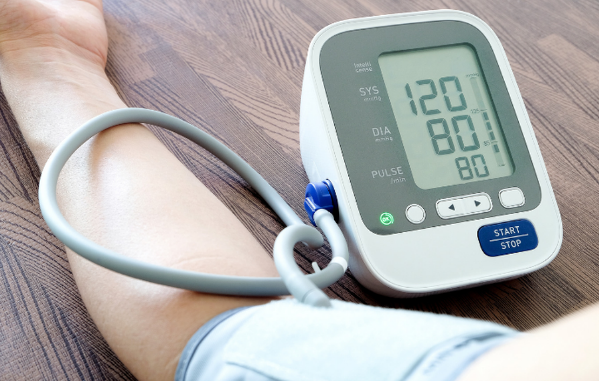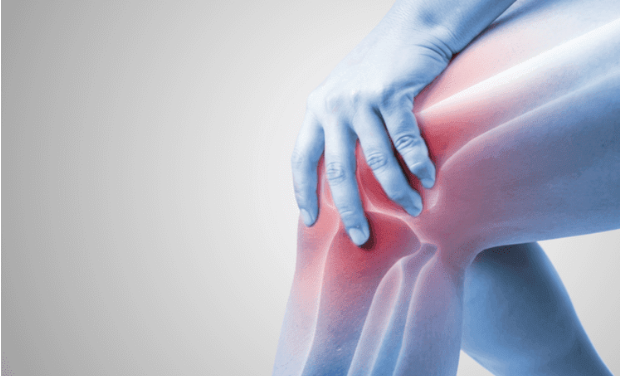
5 Benefits of Eating Locally Grown Produce
5 Benefits of Eating Locally Grown Produce
1 Freshness
Locally grown produce is typically farm to table, therefore tastes fresher and is likely more nutritious. When you go to a farmer’s market, most produce has been picked within a day or so, therefore the produce is at its peak nutrient content. Produce at grocery stores are usually shipped from all over the world, and although refrigeration extends their shelf life, it still won’t taste the same as freshly picked produce.
2 Environmental Factors
As previously stated, most locally grown produce is farm to table, therefore there’s less need for international/national transportation and distribution. A shorter travel distance means less pollution and fewer carbon emissions which helps reduce our carbon footprint.
3 Seasonal Produce
When you purchase produce from small businesses and local farmers, that money goes towards your local community as opposed to big grocery chains. This encourages local farmers to continue working and produce high-quality fresh fruits and vegetables for your community.
4 Learning Experience
Don’t be shy when purchasing produce from local farmers. Ask them what practices they use to raise and harvest their crops, so you have a better understanding of where your food is coming from. This is also a great way to build connections and relationships within your local community.
Sources:
Kay, S. (2017, October 5). The Benefits of Eating Local Food. Kay Nutrition. https://kaynutrition.com/the-benefits-of-eating-local-food/.
Klavinski, R. (2018, September 20). 7 Benefits of Eating Local Foods. Michigan State University. https://www.canr.msu.edu/news/7_benefits_of_eating_local_foods.
Streit, L. (2021, May 26). 7 Fantastic Benefits of Eating Local. Healthline. https://www.healthline.com/nutrition/why-eat-local-food#1.-Local-food-is-very-fresh




